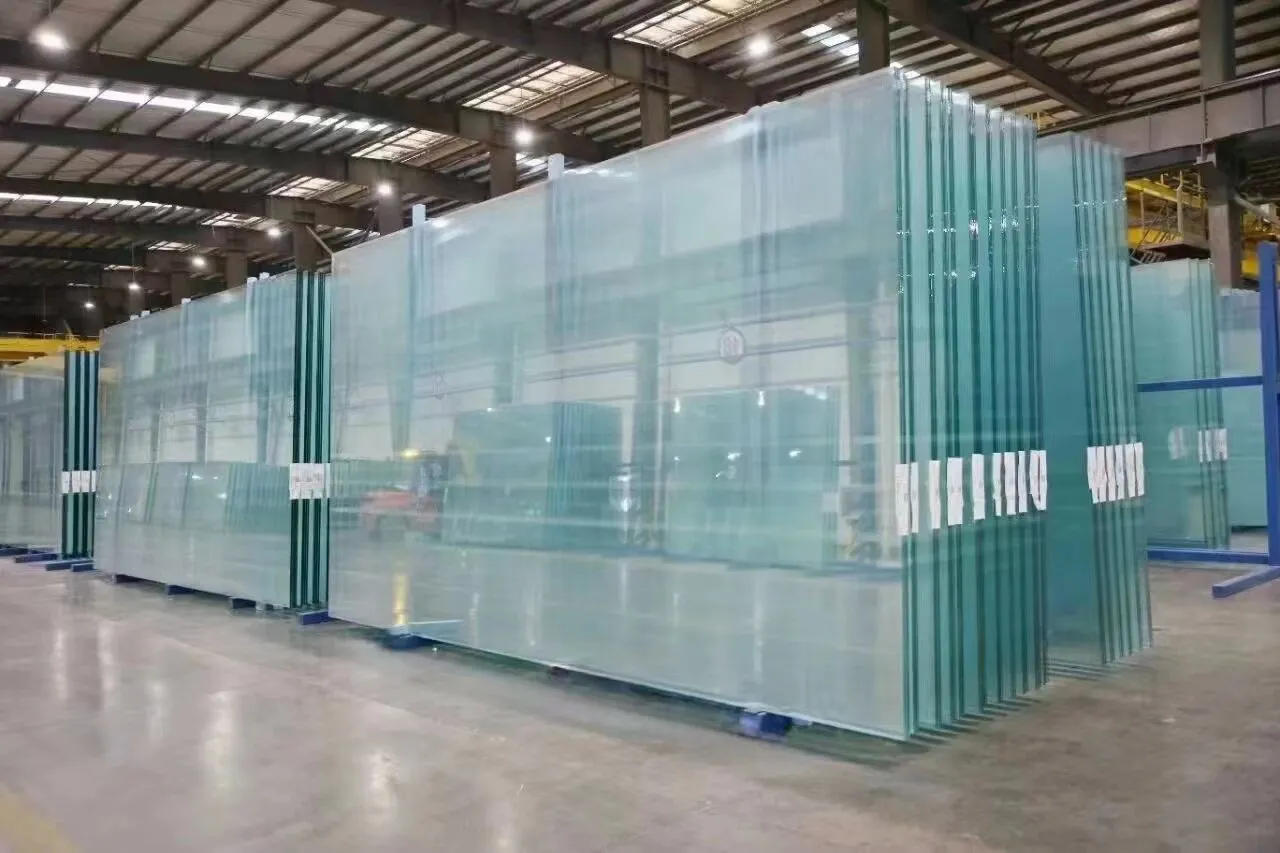The Innovations and Challenges of Low Iron Glass Factories
In the realm of glass manufacturing, one of the most significant advancements over recent years has been the development of low iron glass. This specialized glass, known for its enhanced optical clarity and reduced green tint compared to conventional glass, has become increasingly essential for various applications, including architecture, solar energy, and automotive industries. The rise of low iron glass factories reflects not only the growing demand for high-quality glass products but also the challenges and innovations that accompany this specialized production process.
Understanding Low Iron Glass
Low iron glass, also referred to as ultra-clear glass, is produced with raw materials that contain minimal iron content, which typically imparts a greenish hue to traditional glass. By minimizing this iron presence, manufacturers can create a product that boasts exceptional light transmittance and color accuracy. This is particularly valuable in applications like solar panels, where maximum sunlight absorption is crucial, or in architectural projects aiming for aesthetic refinement.
The transparency characteristic of low iron glass makes it highly sought after in modern architecture. Designers increasingly prefer it for façades, skylights, and windows due to its ability to elevate the aesthetic appeal of a structure without compromising visibility or brightness. This shift towards utilizing low iron glass also aligns with the growing green building movement, which advocates for using materials that promote energy efficiency and sustainability.
The Manufacturing Process
The production of low iron glass involves several critical stages that require precision and state-of-the-art technology. It begins with the careful selection of raw materials, with silica sand being a primary component. Manufacturers often source high-purity silica, which is low in iron content, alongside other additives that enhance the glass's properties.
Melting the raw materials is another vital step, where the mixture is heated to extreme temperatures in a furnace. The melting process must be meticulously controlled, as any fluctuation can result in inconsistencies in the final product’s quality. After melting, the glass is formed using methods such as casting, blowing, or floating, depending on the desired end product.
Once formed, the glass undergoes rigorous quality control. This includes checking for imperfections, measuring optical clarity, and testing strength. Creating low iron glass not only demands high-quality raw materials and precise manufacturing processes but also advanced facilities capable of maintaining stringent quality standards.
low iron glass factory
Innovations and Environmental Considerations
In recent years, low iron glass factories have embraced various innovations aimed at enhancing production efficiency and environmental sustainability. For instance, many manufacturers are implementing automated systems that improve precision and reduce waste. Advanced technology allows for real-time monitoring of the production process, ensuring that any deviations from quality standards are promptly addressed.
In addition to technological advancements, eco-friendly practices are becoming integral to the glass manufacturing process. This includes recycling glass cullet, which reduces the need for raw materials and lowers energy consumption during production. Utilizing renewable energy sources in manufacturing processes also contributes to a smaller carbon footprint and enhances the sustainability of operations.
Challenges in the Industry
Despite the numerous benefits and innovations associated with low iron glass production, the industry faces several challenges. One significant hurdle is the high cost of raw materials and the technology required for production. The investment needed to establish a low iron glass factory can be substantial, and companies must carefully navigate the balance between operational costs and product pricing.
Moreover, competition within the glass market is fierce. As demand for low iron glass continues to rise, established companies and new entrants alike strive to carve out their niche. This competitive landscape requires constant innovation and adaptation to maintain market position.
Conclusion
Low iron glass factories stand at the intersection of innovation and challenge. The demand for ultra-clear glass in various industries highlights the importance of quality manufacturing processes and sustainable practices. As technology evolves and market dynamics shift, low iron glass manufacturers must continually strive for excellence while addressing environmental concerns and economic pressures. Through continued investment in technology and a commitment to sustainable practices, the future of low iron glass production looks promising, paving the way for a clearer, more vibrant world.
 Afrikaans
Afrikaans  Albanian
Albanian  Amharic
Amharic  Arabic
Arabic  Armenian
Armenian  Azerbaijani
Azerbaijani  Basque
Basque  Belarusian
Belarusian  Bengali
Bengali  Bosnian
Bosnian  Bulgarian
Bulgarian  Catalan
Catalan  Cebuano
Cebuano  Corsican
Corsican  Croatian
Croatian  Czech
Czech  Danish
Danish  Dutch
Dutch  English
English  Esperanto
Esperanto  Estonian
Estonian  Finnish
Finnish  French
French  Frisian
Frisian  Galician
Galician  Georgian
Georgian  German
German  Greek
Greek  Gujarati
Gujarati  Haitian Creole
Haitian Creole  hausa
hausa  hawaiian
hawaiian  Hebrew
Hebrew  Hindi
Hindi  Miao
Miao  Hungarian
Hungarian  Icelandic
Icelandic  igbo
igbo  Indonesian
Indonesian  irish
irish  Italian
Italian  Japanese
Japanese  Javanese
Javanese  Kannada
Kannada  kazakh
kazakh  Khmer
Khmer  Rwandese
Rwandese  Korean
Korean  Kurdish
Kurdish  Kyrgyz
Kyrgyz  Lao
Lao  Latin
Latin  Latvian
Latvian  Lithuanian
Lithuanian  Luxembourgish
Luxembourgish  Macedonian
Macedonian  Malgashi
Malgashi  Malay
Malay  Malayalam
Malayalam  Maltese
Maltese  Maori
Maori  Marathi
Marathi  Mongolian
Mongolian  Myanmar
Myanmar  Nepali
Nepali  Norwegian
Norwegian  Norwegian
Norwegian  Occitan
Occitan  Pashto
Pashto  Persian
Persian  Polish
Polish  Portuguese
Portuguese  Punjabi
Punjabi  Romanian
Romanian  Russian
Russian  Samoan
Samoan  Scottish Gaelic
Scottish Gaelic  Serbian
Serbian  Sesotho
Sesotho  Shona
Shona  Sindhi
Sindhi  Sinhala
Sinhala  Slovak
Slovak  Slovenian
Slovenian  Somali
Somali  Spanish
Spanish  Sundanese
Sundanese  Swahili
Swahili  Swedish
Swedish  Tagalog
Tagalog  Tajik
Tajik  Tamil
Tamil  Tatar
Tatar  Telugu
Telugu  Thai
Thai  Turkish
Turkish  Turkmen
Turkmen  Ukrainian
Ukrainian  Urdu
Urdu  Uighur
Uighur  Uzbek
Uzbek  Vietnamese
Vietnamese  Welsh
Welsh  Bantu
Bantu  Yiddish
Yiddish  Yoruba
Yoruba  Zulu
Zulu 

